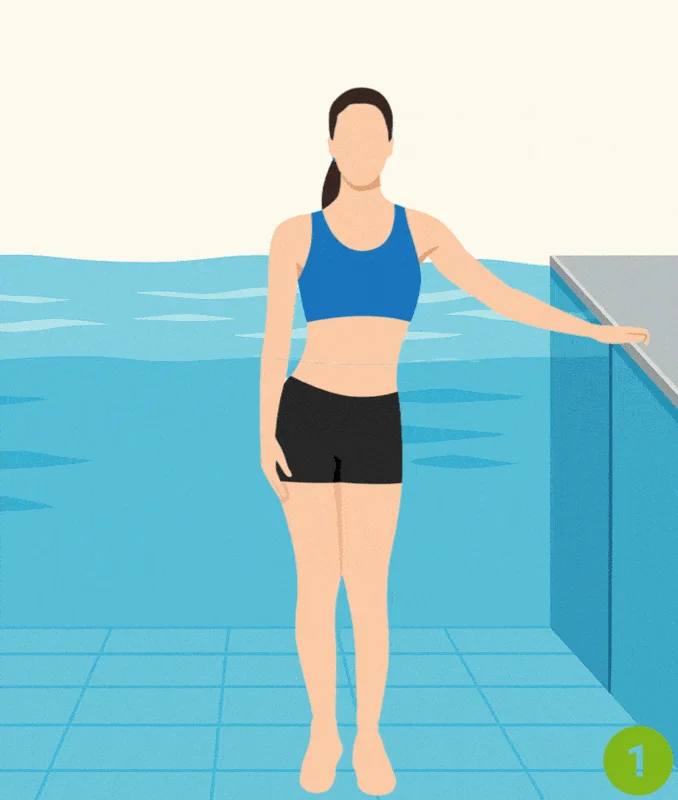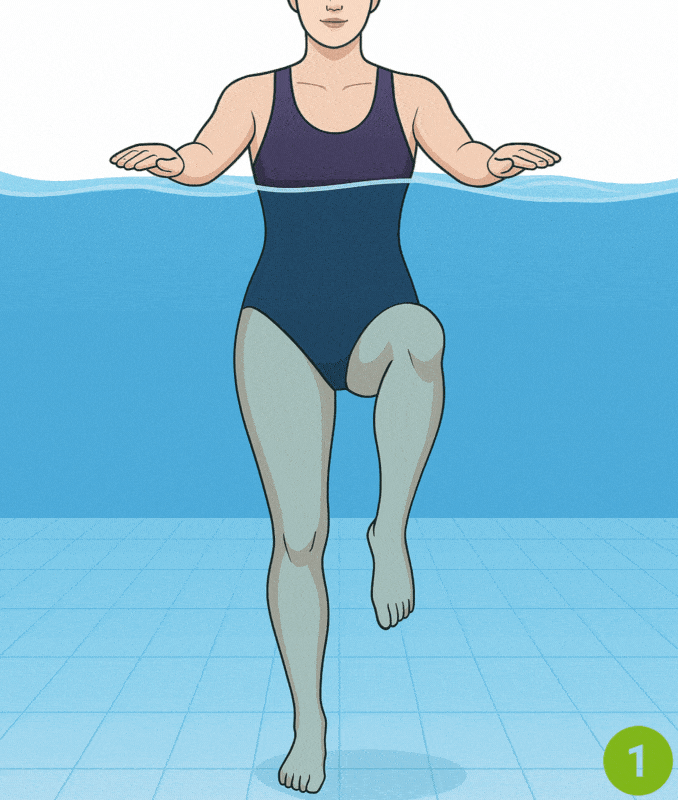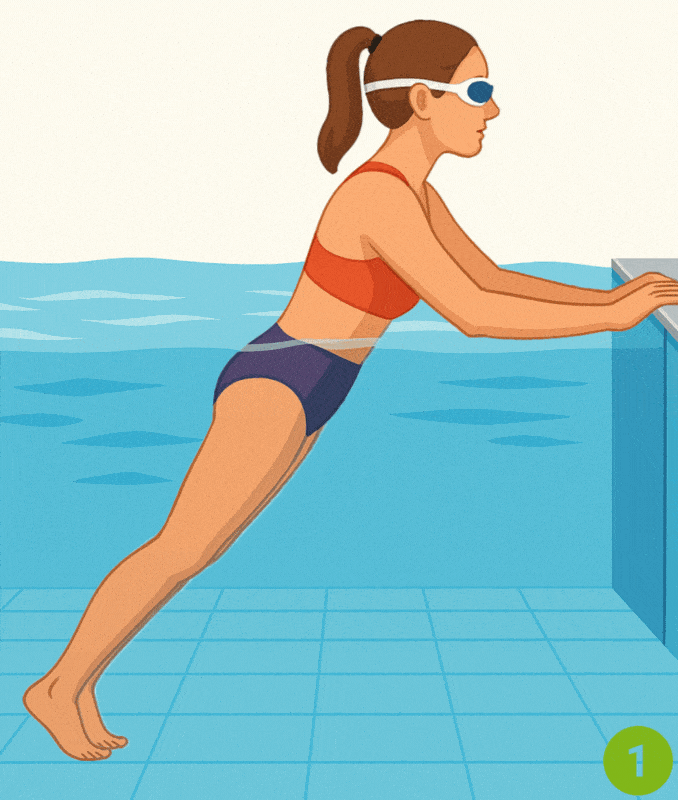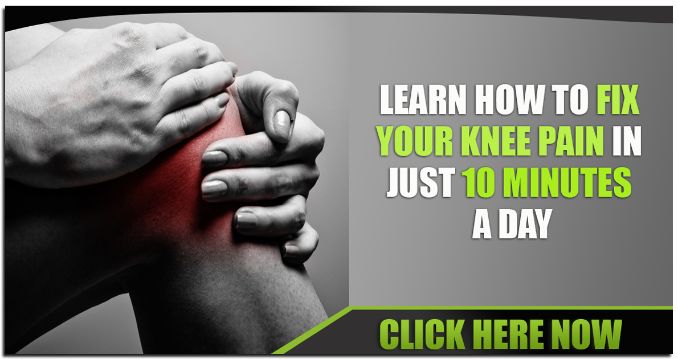If you struggle with hip or knee pain [5] or want a gentler way to tone your lower body, water exercises for your hips and thighs are the perfect solution.
Exercising in water allows for low-impact movement with less stress on your joints, while providing natural resistance to help strengthen your muscles.
Whether you’re recovering from an injury or looking to improve your strength and then flexibility, aquatic exercise [3] is a fantastic way to stay moving safely and effectively.
Below, we’ll show you how to perform six effective water exercises targeting your hips, thighs, and core.
These movements are gentle on your joints, yet powerful enough to sculpt and then rehabilitate your body.
If you are trying to rehabilitate a muscle or joint, swimming is one exercise that can help you get moving without increasing the strain on the injured area, as it is low impact move and non-weight bearing.
Try these pool exercises for hip and knee rehabbing. Your body will thank you for it.
Additionally, water exercises for hip and knee rehabilitation are particularly beneficial.
Here’s your step-by-step guide to performing each exercise.
Start in chest-deep or waist-deep water, and always keep your core engaged to protect your back and then activate your core muscles.
1. Vertical Kicking
How to Do It:
Starting Position: Stand next to the pool wall, one hand on the edge for support. Place a pool buoy under the opposite armpit.
- Get into the water and then move beside the wall, placing one hand on to the wall deck for balance and support.
- Additionally, place the pool buoy underneath your opposite armpit for extra buoyancy.
- After that, engage your core and kick your leg vertically, alternating quickly with your opposite leg.
- Repeat the movement.
Targets: hip extension, gluteus maximus [4], thighs, core muscles.
2. Long Strides
How to Do It:
Starting Position: Same as above, with hand on the pool wall and buoy under one arm.
- Basically, get into the water and move beside the wall, placing one hand on to the wall deck for balance.
- Place the pool buoy underneath your opposite armpit for extra buoyancy.
- After that, engage your core and kick your leg as far as you can vertically, alternating quickly with your opposite leg.
- Repeat the movement.
To make the exercise [²] more challenging, you can move away from the pool deck and then place the flutter board underneath each armpit.
Targets: hip muscles, inner thighs, lower body, back muscles.
3. Straight Kicks
How to Do It:
Starting Position: Hold onto the pool wall with both hands, keeping your body parallel to the water surface.
- After that, hold on to the pool deck with both hands and bring your body to be parallel with the water.
- Engage your core and kick one leg into the water and up, alternating quickly with your opposite leg.
- Again, repeat the movement.
- Start with five to six sets for 30 seconds on each side.
To make the exercise more challenging, increase the speed or the duration of your kicks.
Targets: thighs, core, legs, hip level strength.
4. Knee Raise to Kick Back
How to Do It:
Starting Position: Hold the pool handrail with one hand.
- Move by the pool deck and hold on to the handrail with one hand.
- Engage your core [¹] and then lift one knee up toward your chest, ideally to a 90-degree angle.
- Straighten the same leg out front and then kick back like in a swooping motion.
- Return to the starting position and then repeat the movement.
Targets: hip flexors, glutes, hamstrings, joint pain relief.
5. Stretching
How to Do It:
Starting Position: Face the pool wall and then hold the handrails with both hands.
- Move-in front of the pool deck, holding the handrails with both hands.
- After that, climb your feet up against the wall, bringing your bent knees out to the sides at chest height.
- Looking for a stretch on your hamstrings and back, engage your core and straighten both legs, keeping your head, shoulders and hips in proper alignment.
- Return to the starting position and then repeat the movement.
Benefits: Improves flexibility, reduces stiffness, stretches hamstrings and back muscles.
6. Egg Beaters
How to Do It:
Starting Position: Move to the middle of the pool, with pool buoys under both arms.
- Move away from the pool deck and then place the pool buoy underneath each armpit.
- Engage your core and then move your legs in a circular motion.
- After that, repeat the movement in the opposite direction.
Benefits: Boosts endurance, engages core, strengthens thighs and hips.
7. Side Leg Lifts (Hip Abduction)

How to Do It:
Starting Position: Stand sideways next to the pool wall with one hand holding the edge. Your feet should be at hip level, with your toes pointing forward.
- Raise your outer leg to the side, keeping your knee straight and then toes pointed forward.
- Additionally, slowly lower it back to the starting position.
- Repeat on the opposite side.
Benefits: Strengthens hip abduction muscles, improves hip stability, tones outer thighs.
8. Water Marching

How to Do It:
Starting Position: Stand in waist-deep water, arms at your sides, core engaged.
- Lift one knee toward your chest as high as you can, like taking a high step.
- Lower and then repeat with the other leg.
- After that, march in place or move forward slowly.
Benefits: Improves hip flexor strength, warms up joints, boosts circulation, supports physical therapy recovery.
9. Pool Wall Push-Offs

How to Do It:
Starting Position: Face the pool wall and then place both hands shoulder-width apart on the edge.
- Bend your elbows and then lean forward slightly, like you’re doing a push-up against the wall.
- After that, push away from the wall and allow your body to glide backward.
- Engage your core and then control your return to the wall.
Benefits: Activates upper body, core, and lower body during glide, supports core muscle stability and then posture.
10. Walking Sideways

How to Do It:
Starting Position: Stand in waist-high water, feet shoulder width apart, arms extended for balance.
- Step sideways across the pool with your right leg, then bring your left foot to meet it.
- Continue moving in one direction for 10 steps, then turn around and move in the opposite direction.
Benefits: Targets the inner thighs and then hip muscles while challenging lateral stability. Useful for balance training and then activating the gluteus medius.
11. Pool Planks with Noodle

How to Do It:
Starting Position: Hold a pool noodle shoulder-width apart, submerged just beneath the water surface.
- Extend your body into a floating plank position, legs behind you, arms extended in front.
- Keep your core muscles tight and your back straight.
- Hold for 20–30 seconds, rest, and then repeat.
Benefits: Builds core strength, improves posture, and enhances coordination in both the upper and lower body.
Pro Tip:
Incorporate these into a full 20- to 30-minute aquatic exercise session.
Perform each exercise for 30–60 seconds, repeating 2–3 times, and allow for rest intervals as needed.
Additionally, with consistent effort, you’ll decrease pain, boost mobility, and see incredible results in your hips, thighs, and entire body.
One notable American expert in aquatic fitness is Irene Pluim-Mentz, a physical therapist and water fitness instructor.
She emphasizes the “4 S’s” — strength, stability, stamina, and stretching — as key components in water-based exercises that target the hips and knees.
Why Water Exercises Are Game-Changers for Your Hips and Thighs
Water-based workouts offer numerous benefits, especially if you experience knee pain, hip pain, or other joint conditions.
Here’s why aquatic exercise should be part of your routine:
- Reduced Joint Stress: Thanks to hydrostatic pressure and buoyancy, water reduces your body weight by up to 90%. That means less strain on your knees, hips, and spine.
- Natural Resistance for Strength Gains: The resistance of water makes every movement a mini workout. This helps to improve strength in your lower body, hips, and core without using weights.
- Increased Range of Motion: Warmer water helps relax the muscles, allowing for better flexibility and reduced stiffness, which is especially helpful for people with arthritis or those recovering from physical therapy.
- Better Balance and Core Activation: When you exercise in water, your core and upper body constantly work to maintain stability, even when you’re just walking sideways or doing pool planks.
Safety Tips Before You Dive In
- Always consult with your primary care provider or physical therapist before starting a new routine, especially if you’re in physical therapy or recovering from injury.
- Choose water that is either waist-high or chest-deep, depending on your comfort and mobility.
- Start slow with water exercises for hips and thighs, and monitor how your joints and then muscles respond.
- Keep your core engaged, shoulders relaxed, and listen to your body.
Final Thoughts
Whether you’re healing from an injury or simply looking for a fun, joint-friendly way to stay fit, water exercises for hips and thighs deliver fantastic results.
You’ll decrease pain, improve flexibility, and strengthen your body—all while enjoying the refreshing environment of the pool.
So grab your pool noodle, hit the water, and get ready to feel stronger and more mobile with every splash!
Say goodbye to discomfort and get back to doing what you love — discover how Knee Pain Solved can help you move freely and pain-free. Start your recovery today!
Frequently Asked Questions
Is water walking good for the hips?
Yes, water walking is excellent for the hips. It provides low-impact resistance that strengthens muscles while reducing joint stress.
What is the best exercise for hip replacement in water?
Gentle water walking, leg lifts, and side steps in chest-deep water are often best post-hip replacement, as they promote mobility and strength with minimal impact.
Is water exercise better than walking?
It depends on your goals. Water exercise is a lower-impact activity that is better for joint health and rehabilitation, while land walking may offer a higher cardiovascular intensity.
How long should I water walk?
Start with 15–20 minutes and gradually build up to 30–45 minutes, depending on your fitness level and goals.


